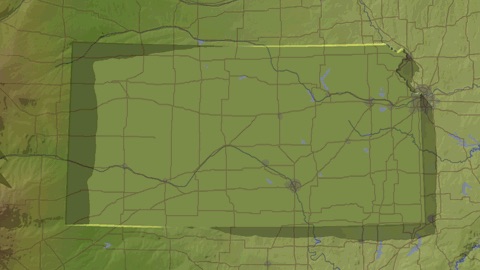Happy Belated Birthday, Edwin Hubble
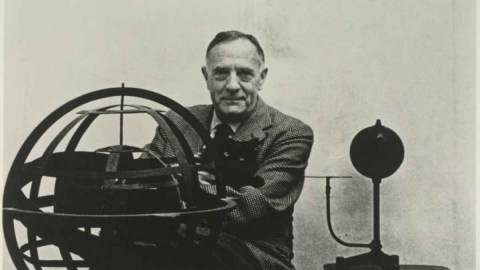
Happy Birthday To The Person Who Literally Brought Us The Entire Universe
“Equipped with his five senses, man explores the universe around him and calls the adventure Science.” –Edwin Hubble
As a youth, we all experienced the pressures of life, and many of us struggled between making our parents happy, doing what we felt was the right thing, and following our own passions. While most of us think of the famous telescope when we hear the name Hubble, the story of the incredible scientist behind the name is arguably even more interesting.

As a child in Missouri, he was interested in science fiction (and loved Jules Verne), and excelled in school at all subjects except spelling. But he was better known for his athletic prowess: in basketball, football and baseball. He ran track at University of Chicago and boxed Gold Gloves, even knocking out the German heavyweight champion at one point. But despite his love of astronomy, he also wanted to please his father, so he went to study law at Oxford. After his father’s death, he went back to live with his family and taught high school for a year, where he also coached the boy’s basketball team.
In some ways, though, his father’s death freed him. After that dissatisfying year, he went to pursue his Ph.D. in astronomy, again at Chicago, and after getting his Ph.D. and serving in World War I, he joined the faculty at Mt. Wilson Observatory in 1919, home of the newly-commissioned, largest telescope in the world at the time: the 100-inch (2.5 meter) Hooker reflector telescope.
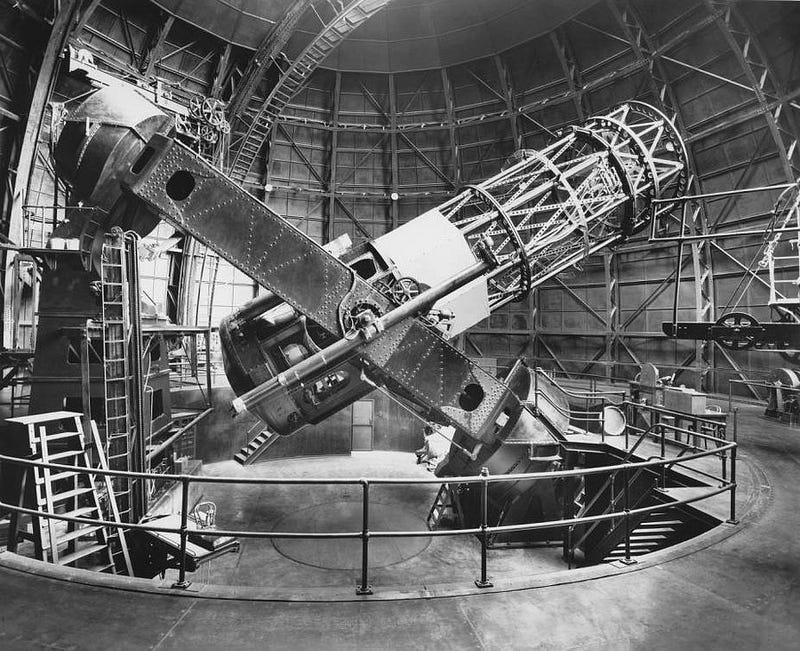
Two interesting revolutions were just occurring in physics at the time: one was Einstein’s theory of General Relativity superseding Newton’s gravity, as it replaced Newton’s static, absolute space and time with a dynamic fabric known as spacetime. Although it was just proposed a few years earlier in 1915, already it had explained all the successes of Newtonian gravity, accounted for the anomalous precession in Mercury’s orbit, and had been tested by the bending of starlight during a solar eclipse in that same year: 1919.
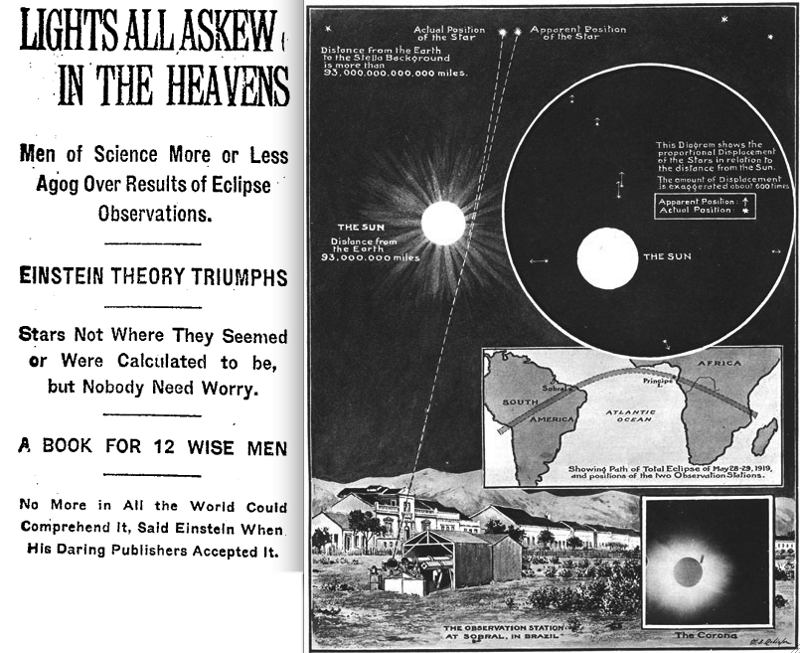
Contemporaneously, there was a heated debate over whether the spiral nebulae in the skies were objects within our own galaxy — perhaps proto-stars — or whether they were distant galaxies far outside the Milky Way. One of the most persuasive pieces of evidence for the latter case was Vesto Slipher’s observations that the velocities of these spiral nebulae were many hundreds or even thousands of km/s. These speeds were not only faster than any other stars or nebulae observed within our galaxy, they were expected to be higher than our galaxy’s escape velocity, meaning that they should have been unbound. Hubble’s main project was to observe these spiral nebulae, and to search for stellar events, such as novae, within them.
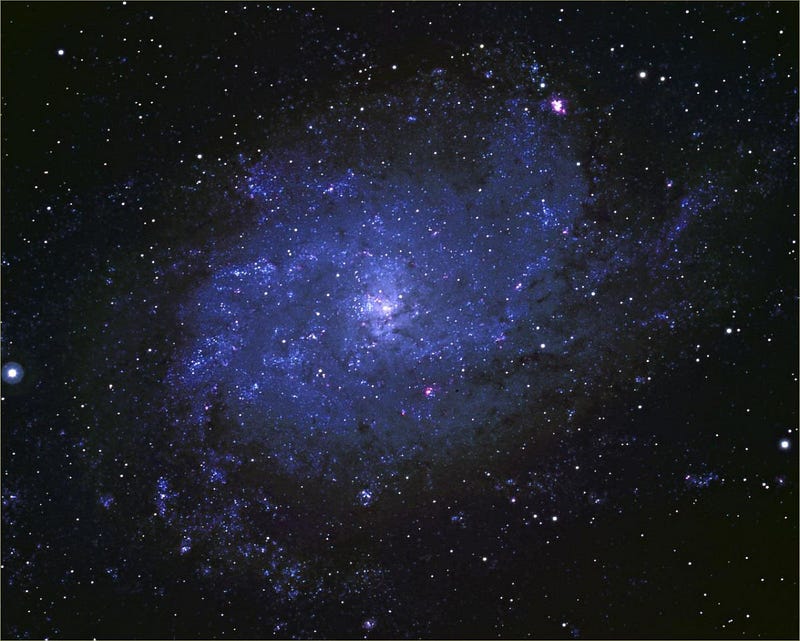
In October of 1923, Hubble was looking at the great nebula in Andromeda, looking for these occurrences. Initially he saw one, marked it with an “N”, then a second, and then a third. Then the unexpected happened: he saw a fourth nova, but it occurred in the same exact location as the first one. This was huge problem, because novae typically take centuries to recharge; even the fastest recurring novae take many years to build up that fuel. How could this nova recharge in just a day or two?
It couldn’t. It meant it couldn’t be a nova at all, and instead was something else: a variable star! Excitedly, Hubble crossed out the “N” and replaced it with “VAR!”
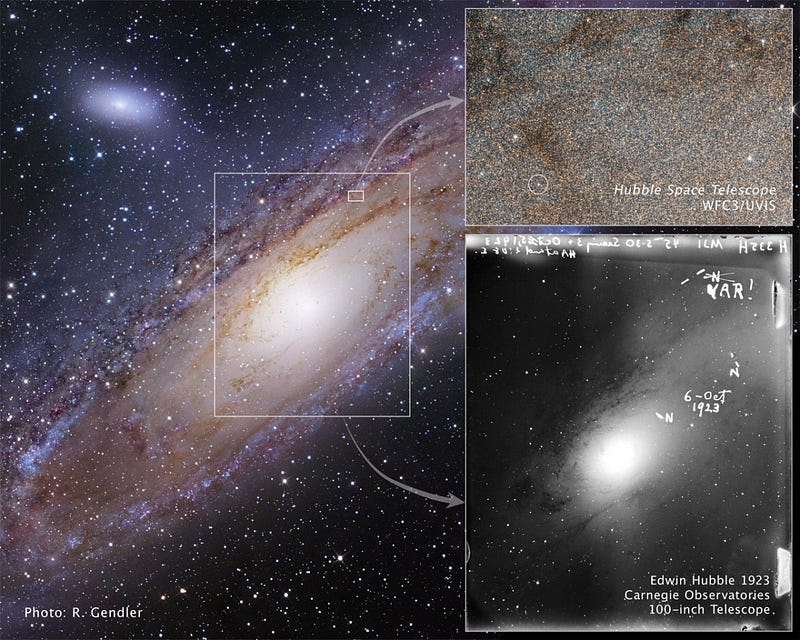
Because the behavior of variable stars was well-known, he was able to determine the distance to Andromeda, and discovered that it wasn’t a nebula at all, but was truly rather the Andromeda galaxy, as we know it today. With one fell swoop, Hubble had expanded our Universe to not simply be contained within our galaxy, but to be littered with galaxies for millions, if not billions, of light years.
But Hubble didn’t stop there. Upon this realization, he went and observed dozens of other spiral galaxies, determining both their distances and their rate-of-recession from us. In the context of Einstein’s General Relativity, this meant that the fabric of space itself was expanding, and that the galaxies were all getting farther and farther apart due to this expansion. What Hubble realized was that by measuring the distances and recession speeds of these galaxies from our perspective, he could measure the expansion rate of the Universe!
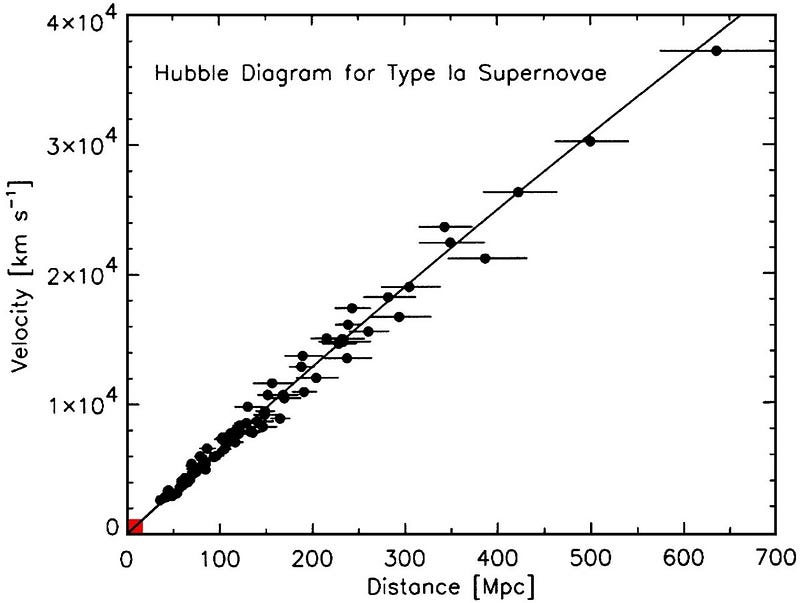
Today, the relationship is known as Hubble’s Law, the expansion rate itself is known as the Hubble constant (or the Hubble parameter), and the most famous telescope in the world, the one whose primary mission was to measure that constant, is known as the Hubble Space Telescope. The work of Hubble gave rise, decades later, to the idea of the Big Bang, which extrapolated this expanding Universe backwards in time to a hot, dense, rapidly expanding state. Finally validated in the 1960s with the discovery of the cosmic microwave background, or the leftover “glow” of radiation from the Big Bang, this theory was built on the incredible discovery and puzzle-solving of Hubble from way back in the 1920s.
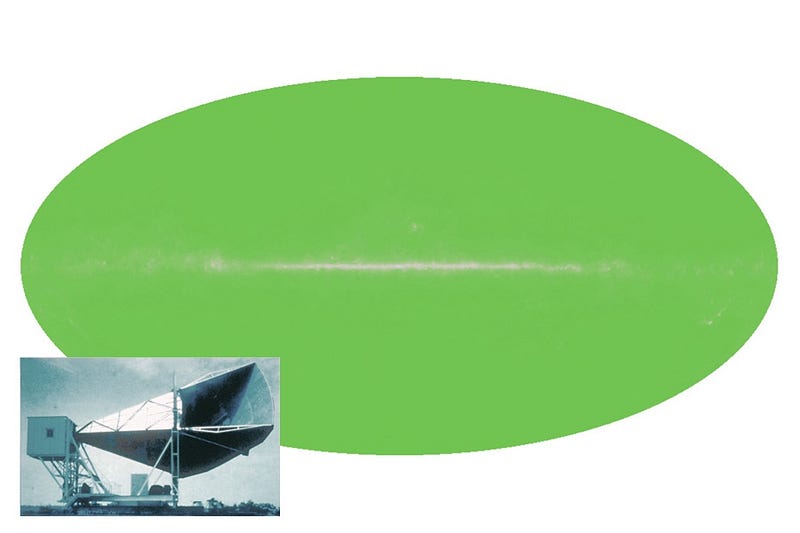
But Hubble never lived to see that happen. At the age of 63, he died of a blood clot in his brain, still preparing for an observing session on Mt. Wilson, which then housed a telescope twice as large and four times as powerful as the one he used to discover the expanding Universe. Today, November 20, 2015, would have been Hubble’s 126th birthday, meaning just as much time has passed between Hubble’s birth and death as between his death and the present. Yet the discoveries he made and the knowledge he added to our understanding of the Universe will live on for an eternity.
While every scientist must someday die, the great scientific discoveries that they made never will.
For more Hubble, check out this pictorial biography from Perimeter Institute.
Leave your comments on our forum, support Starts With A Bang! on Patreon, and use WS15XMAS30 to pre-order our book, Beyond The Galaxy, at 30% off!





